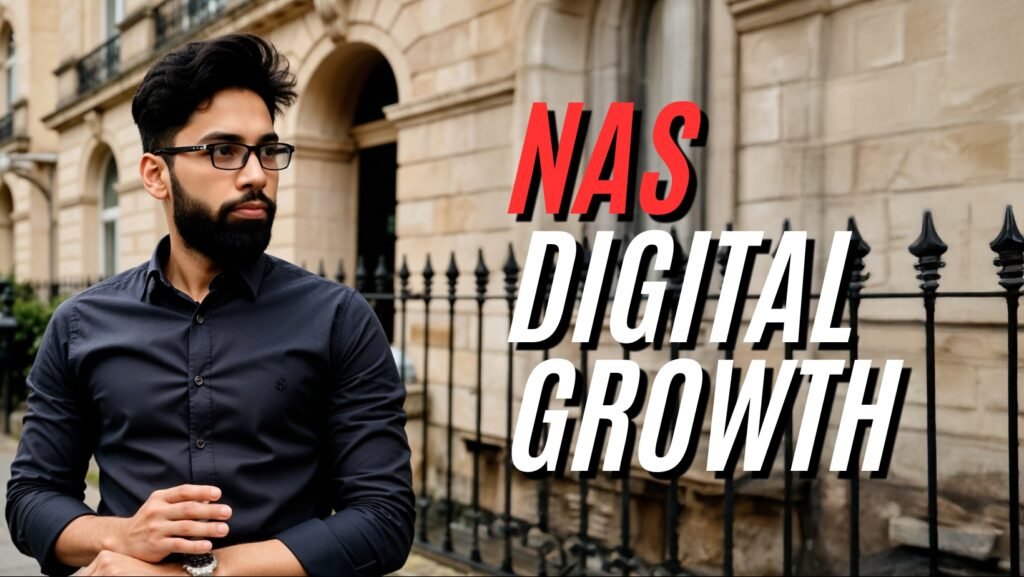Investing doesn’t need to be a maze of charts, predictions, and endless financial jargon. In truth, complexity often kills performance. Every additional moving part — extra funds, frequent trades, emotional decisions — increases the chance of mistakes. The wealthy understand a timeless truth: simplicity scales. They don’t waste hours chasing “hot stocks” or obsessing over market timing; they design an investment system that runs like clockwork and frees them to focus on life.
The most effective investors rely on boring consistency, not excitement. They know that real wealth isn’t built overnight; it’s built over years through predictable, automated habits. They pick broad, low-cost index funds that quietly mirror global growth, set up automatic contributions each month, and let compounding handle the rest. They avoid unnecessary noise, understanding that every news headline or social media “tip” is a test of emotional control, not a signal to act.
This article is your blueprint for adopting that same calm, proven approach. You’ll learn what to buy, funds that work for decades, not just seasons, when to buy through a system called dollar-cost averaging, and how to stay consistent even when markets shake your confidence. You’ll see why removing guesswork and emotion is the secret to staying invested long enough to win. Once you understand this, you’ll stop trying to beat the market and start letting it work for you. Simple, disciplined, repeatable — that’s how true wealth compounds.
Calculate Your Freedom Figure & Automate Wealth
Use the Rule of 25 to set a clear target, then follow the 6-step system from our blog: invest simply with index funds, hack big costs, build smart credit, add a side income, and automate everything. Get the “Freedom Formula Toolkit” (PDF + checklist) delivered to your inbox and WhatsApp.



